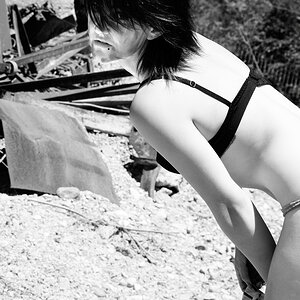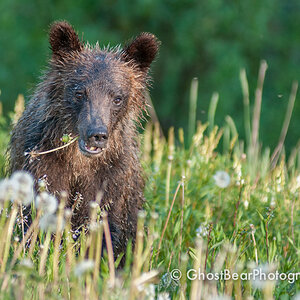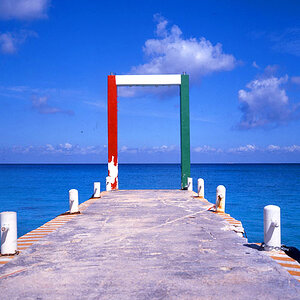rodnunley
TPF Noob!
- Joined
- Sep 7, 2010
- Messages
- 81
- Reaction score
- 1
- Location
- Austin, TX
- Website
- www.flickr.com
- Can others edit my Photos
- Photos OK to edit
So I have two Yongnuo Speedlight YN460 II flashes with one DIY snoot/grid to use. THose are what I have been using to take some pictures against a black background.
The look that I am going for is this image from a local photographer that I know named David De Lara:
http://www.flickr.com/photos/delara/5722469833/in/photostream
The above is an amazing image and I am trying to learn about lighting by attempting to do a shot with a lighting set up like his. Now he had two Alien Bees and a softbox grid overlay. I know that I can't get the exact same set up (I do have a large softbox but no monolight as of yet ) with just my flashes ... but I'm trying.
So my first attempt was just under powered:

Without a modeling light it's so difficult to adjust the lighting properly. Also this image is clearly under lit.
I have one flash above and at 2 o' clock of the model (me) and the other flash at 8 o' clock of the model and angled up at lowest power setting.

For this one I turned off the back flash and turned up the power of the front flash.
It's better than the first.

For this one (the best of what I did today) I turned up the front flash to about half way and moved the back flash up to about hip height at 9 o' clock of the model.
I would love some feedback on ways that I might be able to improve the lighting I have going here. It's a struggle without a strobe with a modeling light (ordered one and will hopefully have it soon) but there must be more that I can do to get a better look from my existing lighting.
Thanks in advance for any advice.
The look that I am going for is this image from a local photographer that I know named David De Lara:
http://www.flickr.com/photos/delara/5722469833/in/photostream
The above is an amazing image and I am trying to learn about lighting by attempting to do a shot with a lighting set up like his. Now he had two Alien Bees and a softbox grid overlay. I know that I can't get the exact same set up (I do have a large softbox but no monolight as of yet ) with just my flashes ... but I'm trying.
So my first attempt was just under powered:

Without a modeling light it's so difficult to adjust the lighting properly. Also this image is clearly under lit.
I have one flash above and at 2 o' clock of the model (me) and the other flash at 8 o' clock of the model and angled up at lowest power setting.

For this one I turned off the back flash and turned up the power of the front flash.
It's better than the first.

For this one (the best of what I did today) I turned up the front flash to about half way and moved the back flash up to about hip height at 9 o' clock of the model.
I would love some feedback on ways that I might be able to improve the lighting I have going here. It's a struggle without a strobe with a modeling light (ordered one and will hopefully have it soon) but there must be more that I can do to get a better look from my existing lighting.
Thanks in advance for any advice.
Last edited:


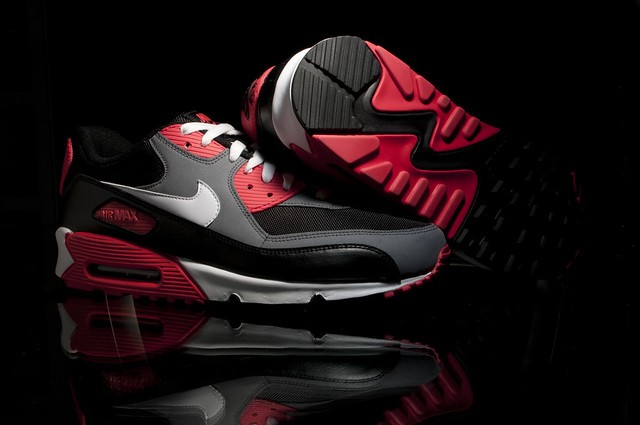



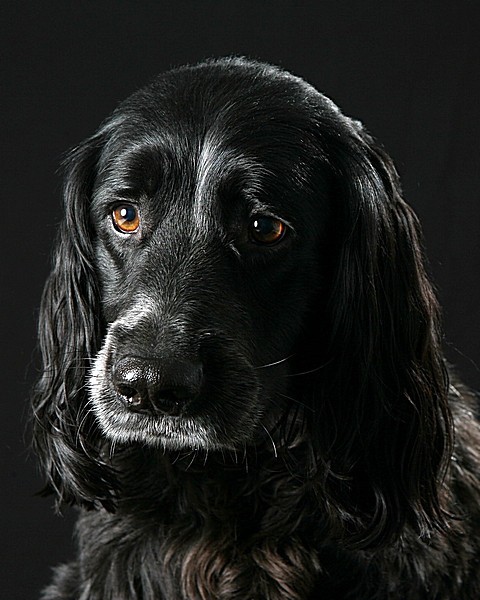
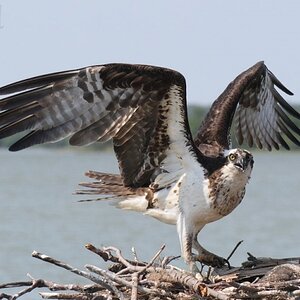
![[No title]](/data/xfmg/thumbnail/39/39472-acea19526f2c08f92fd1e95a92191bc2.jpg?1619739043)
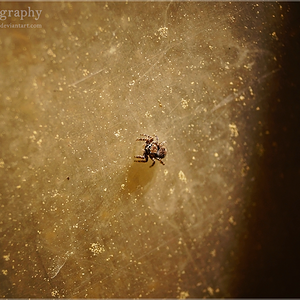
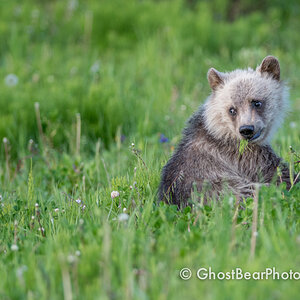
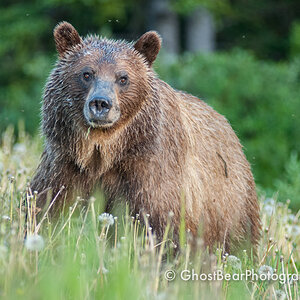
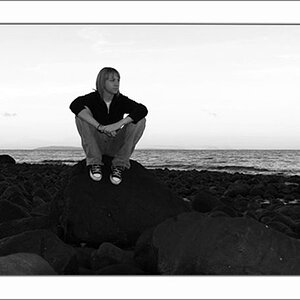

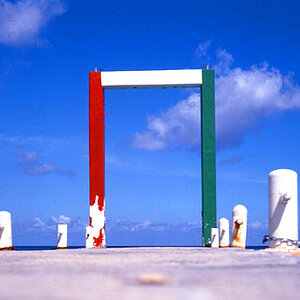
![[No title]](/data/xfmg/thumbnail/36/36650-edd8c21212fe9fbd7e59bfb08cdc91ea.jpg?1619737672)
